INTRODUCTION
> The prokaryotic cells are represented by bacteria, blue green algae, Mycoplasma and PPLO (Pleuro pneumonia like organisms). They are generally smaller in size and multiply much faster than the eukaryotic cells. They may vary greatly in shape and size but exhibit basic cellular organisation.
>Mostly prokaryotes have a cell wall surrounding the cell membrane. The fluid matrix filling the cell is the cytoplasm. There is no well defined nucleus. The genetic material is basically naked, not enveloped by a nuclear membrane. In addition to the genomic DNA (the single chromosome/circular DNA), many bacteria have small circular DNA outside the genomic DNA. These smaller DNA are called plasmids. The plasmid DNA confers certain unique phenotypic characters to such bacteria. One such character is resistance to antibiotics. The plasmid DNA is used to monitor bacterial transformation with foreign DNA.
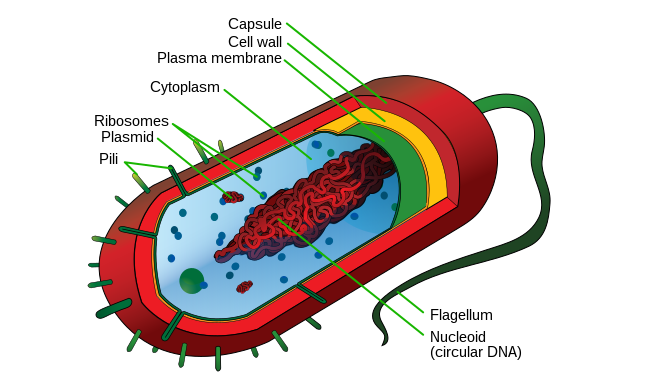
CELL ENVELOPE AND ITS MODIFICATION
- Most prokaryotic cells, particularly the bacterial cells, have a chemically complex cell envelope. The cell envelope consists of a tightly. bound three layered structure eg. the outermost glycocalyx followed the cell wall and the plasma membrane.
GLYCOCALYX
- Glycocalyx is the outermost layer comprising a coating of mucous or polysaccharides macromolecules, which protects the cells and also helps in adhesion. This layer differs in thickness and chemical composition in different bacteria. Some have a loose sheath called slima layer, which protects the cell from loss of water and nutrients. Others may have a thick and tough covering known as capsule. The capsule and slima layer are made up of polysaccharides, but may sometimes contain proteins also. The capsule is responsible for giving gummy and sticky character to the cell. It allows bacterium to hide from host’s immune system.
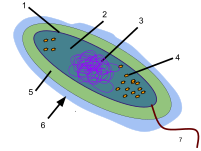
CELL WALL
- The cell wall determines the shape of the cell and provides a strong structural support to prevent the bacterium from bursting of collapsing.
- This layer is rigid due to a special macromolecule called peptidoglycan (murein or mucopeptide). A number of antibiotics (eg. penicillin) inhibits cross-linking of peptidoglycan strands. Therefore, cells undergo lysis in the presence of these antibiotics.
- Cell wall is single layered and smooth in gram positive bacteria. It is two layered and wavy in gram negative bacteria.
- Gram staining (developed by Christian Gram) is a special technique, which is used to classify bacteria into two groups, viz. Gram-positive and Gram-negative bacteria. Those bacteria that take up the Gram stain are Gram positive and the others that do not are called Gram negative bacteria
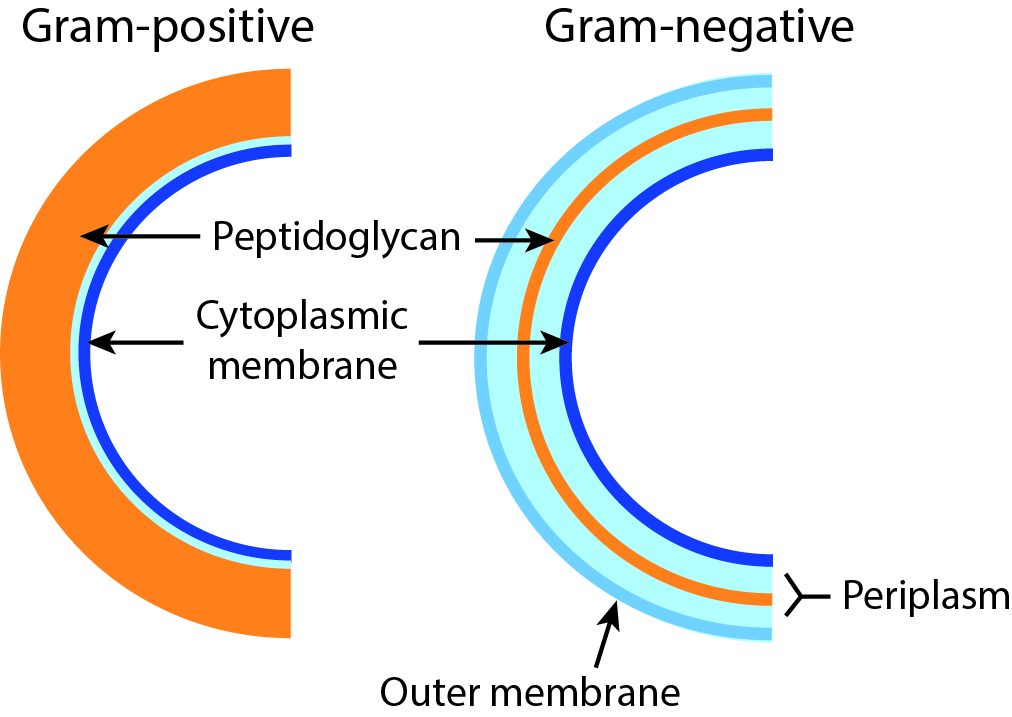
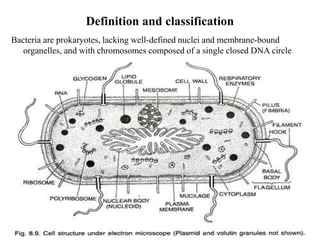
PLASMA MEMBRANE
- The plasma membrane is selectively permeable in nature and interacts with the outside world. This membrane is similar structurally to that of the eukaryotes.
- A special membranous structure is the mesosome whiich is formed by the invagination of plasma membrane into the cell.
- They help in the cell wall formation, DNA replication and distribution to daughter cells.
- They also help in respiration, secretion process, to increase the surface area of the plasma membrane and enzymatic content.
- Mesosome is found in gram positive bacteria. In photosynthetic prokaryotes like cyanobacteria, and purple bacteria, there are other membranous extensions into the cytoplasm called chromatophores which contain pigments.
- Bacterial cells may be motile or non-motile. If motile, they have thin filamentous extensions from their cell wall called flagella.
- The flagellum is composed of three parts- filaments, hook and basal body.
- The filament is the longest portion and extends from the cell surface to the outside. It is a hollow rigid cylindrical structure made up of the protein called flagellin.
- Basal body is a rod-like structure which consists of rings.
- Besides flagella, pili and fimbriae are also surface structures of the bacteria but do not play a role in motility.
- The pili are elongated tubular structures made up of a special protein i.e. Pili. True pili have been reported only in Gram-negative bacteria so far in these forms they are involved in mating process, (conjugation).
- The fimbriae are small bristle- like fibres sprouting out of the cell. Some bacteria, they are known to help in attaching the bacteria to rocks in streams and also to the host tissues.
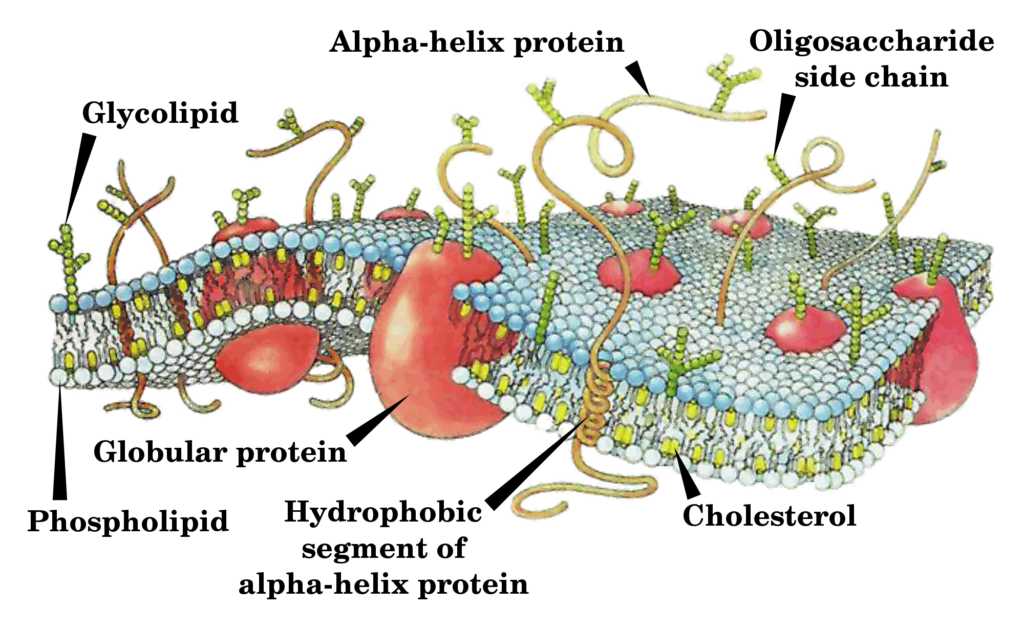
RIBOSOMES AND INCLUSION BODIES
RIBOSOMES
- In prokaryotes, ribosomes are associated with plasma membrane of the cell. They are made up of two subunits- 50 S and 30 S units which remain present together form 70 S ribosomes.
- Cytoplasmic ribosomes synthesise proteins, which remain rmain within the cells but the ribosomes on the plasma membrane make proteins that are transported out.
- Several ribosomes may attach to a single m RNA and form a chain called polyribosomes or polysome. The ribosomes of a polysome translate the mRNA into proteins.
INCLUSION BODIES
- Reserve material in prokaryotic cells are stored in the cytoplasm in the form of inclusion bodies.
- These are not bounded by any membrane system and lie free in the cytoplasm, e.g. phosphate granules, cyanophycean granules and glycogen granules.
- Some other inclusion bodies may be surrounded by a single layer non unit membrane, which is 2-4 nm thick e.g. poly-β- hydroxybutyrate granules, sulphur granules and gas vacuole.
- Gas vacuoles are found in blue-green algae, purple and green photosynthetic bacteria.
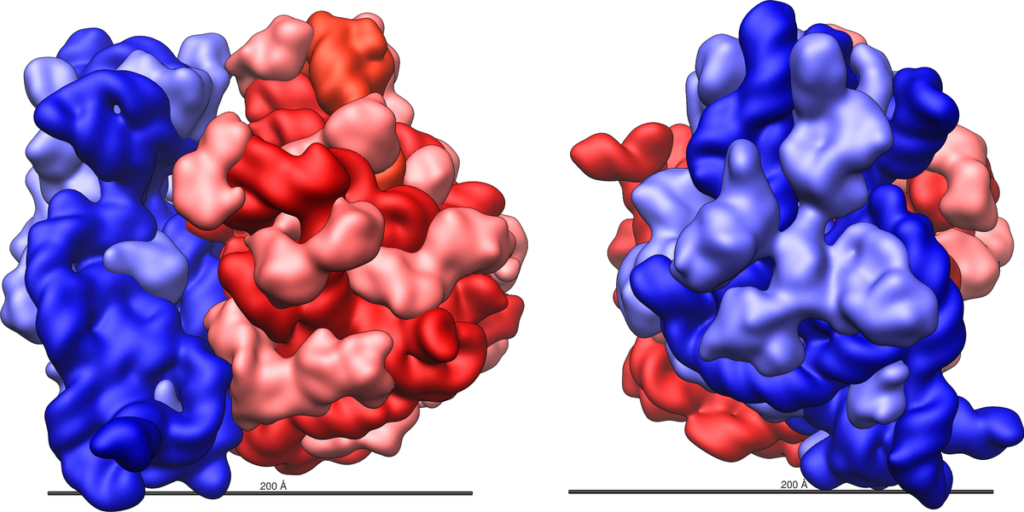
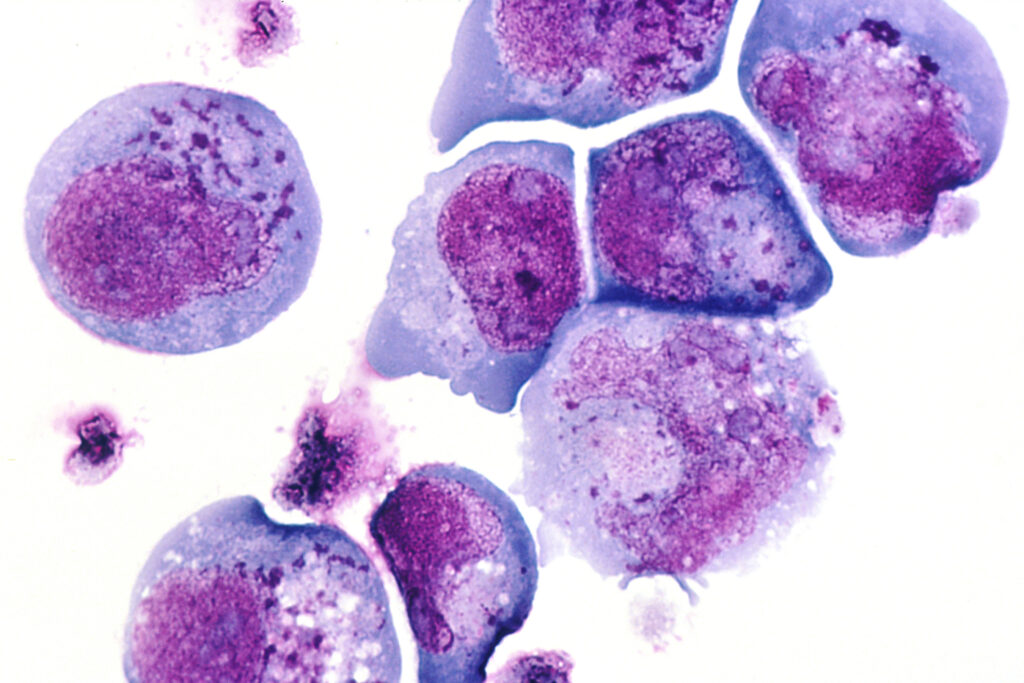
PROKARYOTIC CELLS
FUNFACTS
Ancient Origins: Prokaryotic cells are among the oldest forms of life on Earth, with evidence of their existence dating back over 3.5 billion years. They were the first organisms to inhabit our planet and played a crucial role in shaping its early environments.
Small but Mighty: Prokaryotic cells are typically much smaller than eukaryotic cells, with diameters ranging from 0.1 to 5 micrometers. Despite their small size, they are incredibly diverse and adaptable, thriving in a wide range of environments, from the freezing depths of Antarctica to the scalding temperatures of hot springs.
Abundant in Nature: Prokaryotic cells are incredibly abundant in nature, with estimates suggesting that there are trillions of them in every gram of soil and millions in every milliliter of seawater. They form the foundation of many ecosystems and play vital roles in nutrient cycling, decomposition, and ecological balance.
Versatile Metabolism: Prokaryotic cells exhibit a remarkable diversity of metabolic capabilities, allowing them to obtain energy from a wide range of sources. Some prokaryotes are heterotrophs, obtaining energy from organic compounds, while others are autotrophs, capable of photosynthesis or chemosynthesis.
Extreme Survivors: Prokaryotic cells are known for their ability to thrive in extreme environments that are hostile to most other forms of life. They can withstand extreme temperatures, pH levels, salinity, pressure, and radiation, making them some of the hardiest organisms on the planet.
Genetic Diversity: Prokaryotic cells possess a variety of mechanisms for exchanging genetic material, including horizontal gene transfer. This process allows them to rapidly acquire new traits and adapt to changing environmental conditions, contributing to their evolutionary success.
Biofilm Builders: Many prokaryotic cells have the ability to form biofilms, complex communities of cells encased in a matrix of extracellular polymeric substances. Biofilms play important roles in various processes, such as nutrient cycling, wastewater treatment, and the colonization of surfaces.
Gut Guardians: Prokaryotic cells inhabit the gastrointestinal tracts of humans and other animals, where they form complex communities known as the gut microbiota. These microbes play essential roles in digestion, immune function, and overall health, highlighting the symbiotic relationship between prokaryotes and their hosts.
Industrial Workhorses: Prokaryotic cells are used extensively in biotechnology and industry for various purposes, including the production of antibiotics, enzymes, biofuels, and other valuable compounds. Their ability to grow rapidly and adapt to different conditions makes them valuable tools for research and production.
Pioneers of Life: Prokaryotic cells were the pioneers of life on Earth, laying the foundation for the development of more complex organisms over billions of years of evolution. They continue to shape our planet’s ecosystems and biosphere, serving as essential players in the web of life.
- Prokaryotic cells are a type of cell lacking a distinct nucleus and membrane-bound organelles. They are typically smaller and simpler in structure compared to eukaryotic cells. Prokaryotes include bacteria and archaea.
- Prokaryotic cells lack a true nucleus and membrane-bound organelles, while eukaryotic cells have a nucleus and various organelles enclosed within membranes. Eukaryotic cells are typically larger and more complex than prokaryotic cells.
- Prokaryotic cells are characterized by a few key structures:
- Cell membrane: Surrounds the cell and regulates the passage of substances in and out.
- Cytoplasm: Gel-like substance within the cell where cellular processes occur.
- Nucleoid: Region containing the genetic material (DNA) of the cell, but not enclosed within a membrane-bound nucleus.
- Ribosomes: Structures responsible for protein synthesis.
- Cell wall: Rigid structure outside the cell membrane that provides support and protection.
- Flagella or pili: Appendages used for movement and attachment, respectively.
- Prokaryotic cells carry out essential functions necessary for survival and reproduction. These include metabolism, growth, DNA replication, and cell division. Some prokaryotes can also perform photosynthesis or chemosynthesis to obtain energy.
Prokaryotic cells are found in diverse environments, including soil, water, air, and the bodies of other organisms. They inhabit virtually every ecosystem on Earth, from extreme environments like hot springs and deep-sea vents to more moderate habitats like the human